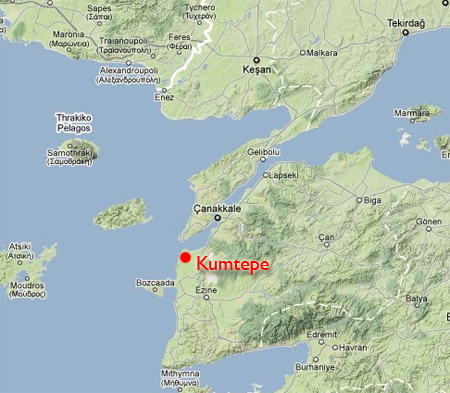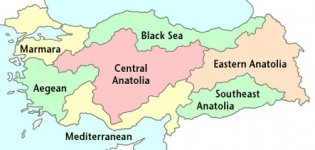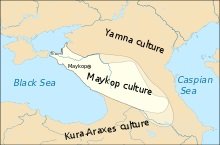bicicleur 2
Regular Member
- Messages
- 6,367
- Reaction score
- 1,402
- Points
- 113
We know that the farmers in Europe picked up an additional 8-10% WHG almost immediately. This would have been long after that, when MN farmers show an additional 10 to 15% on top of that. I'm sure Tomenable could provide the figures if he were being honest.
No, we don't have samples from the Balkans for that period that have been analyzed in this way, so it's possible they didn't have anything additional. That's why I said that it's possible that the Anatolian languages moved to Anatolia in this way.
Another thing to consider is the archaeology, however. We've discussed this on this board before. There is no archaeological trail down through the Balkans to Anatolia to support Anthony's hypothesis. I combed his book to see if he outlines it and he doesn't. At the time I raised it no one could point to anything. If someone can provide it that would change matters.
Ed. What date are the Sopot samples? We've got "E" and "J2" there, and it's later. They're pretty far north and west, but have they been analyzed? Don't we also have one Tripolye sample? Why hasn't someone gotten those genomes?
what is 8 - 10 % additional ?
there probably was WHG in Anatolia too, where the Villabrunans may have originated
they couldn't have picked it up in the Balkans, as there is only one single mesolithic finding in the whole Balkans, and that is in the Varna area
during mesolithic, the Balkans (south of the Danube) were pretty deserted, except some coastal areas
there were HG in the Carpathian Basin though, and also some in Greece
but looking at Greek mtDNA , it was probably allready infiltrated by Anatolian HG, it was not WHG
Greek mesolithic
| Greece | Theopetra, Thessaly [Theo5] | 7605–7529 BC | K1c | Hofmanová 2015 | ||||
| Greece | Theopetra, Thessaly [Theo1] | 7288–6771 BC | K1c | Hofmanová 2015 | ||||
| Greece | Revenia [Rev5] | F | 6438–6264 BC | X2b | Hofmanová 2015 |
neolithic
| Greece | Paliambela [Pal7] | F | 4452– 4350 BC | J1c1 | Hofmanová 2015 | |||
| Greece | Kleitos [Klei10] | M | 4230-3995 BC | G2a2a1b | K1a2 | Hofmanová 2015 |
do we have a Tripolye sample? please let me know
what archeological link is there with the Kumtepe newcomers?
we discussed it in another thread
I then suspected an expansion from old Europe, similar to Remedello
was there some consensus in that thread ?
as far as I recall it was rather clueless, which certainly will make some conclude that they came from the Iranian plateau








